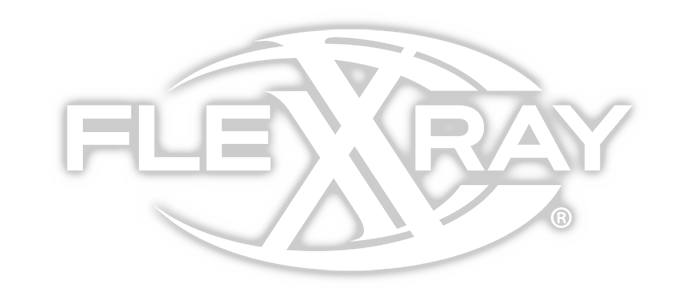
Frozen food manufacturers face their own set of challenges when it comes to resolving issues with contamination. Because frozen food typically has many different types of ingredients, it is at a higher risk for physical contamination.
Although components are inspected individually before being packaged together, contamination often occurs during the process of adding the ingredients or when packaging them.
To frozen food manufacturers, the cost and feasibility of conducting a second inspection after all the components have been added are often cause for concern. But an even greater cost can come if foreign contaminants slip into the food distribution chain.
Recalls are costly in terms of lost product, wages and replacement costs. They can also negatively impact the brand’s identity and consumer trust and loyalty.
Contamination often occurs in frozen food products because manufacturers aren’t aware of what inspection options are available to them after their products have been packaged.
Generally, it is more expensive to inspect frozen food after it’s been put together, and a lot of people think that the additional cost comes from the storage that’s required. That’s true to a certain extent, but not to the extent that people think.
Frozen Food Inspection: Separating Fact From Fiction
With the right equipment and processes in place, third-party frozen food inspection can fit seamlessly into the production process for food manufacturers. FlexXray has built a strong reputation for its ability to inspect frozen food quickly and efficiently, and today about 70% of the company’s business comes from the frozen food sector.
FlexXray can handle frozen foods, and they do it every day. Temperatures are monitored upon receipt, during storage, and throughout the inspection process as well.
One of the major concerns with frozen food is about products that have been breaded, because the quality of the breading easily degrades if the product is allowed to soften or slightly thaw. A lot of the concern surrounding these types of food products is the sensory aspect, so it’s important that throughout the inspection process the food stays well below frozen.
FlexXray’s operations are set up to keep food frozen or refrigerated until it’s ready to be inspected, and then conduct the X-ray inspection quickly before there’s any chance of product degradation.
A Closer Look at Frozen Dairy Products
Manufacturers of frozen dairy products such as ice cream, iced milk and frozen yogurt face a number of challenges, particularly if the product has mix-ins like nuts, fruit or chocolate. Since the risk of foreign contamination increases each time additional ingredients are introduced, finding ways to safely and effectively inspect frozen dairy products is instrumental to the manufacturer’s success.
Ice cream products are probably the most sensitive item that is inspected at FlexXray due to temperature issues. The X-ray equipment is not functional in a frozen environment, but due to the operational capacity at FlexXray a pallet can be split out amongst multiple inspection lines and be completed in as little as 10 minutes. Getting the product back into a freezer quickly is of the utmost priority.
A Better Option for Contaminated Frozen Foods
The ability to inspect frozen foods without sacrificing any of the product’s integrity provides manufacturers with a solution that is more cost-effective than destroying an entire production run if contamination is detected by inline machines. FlexXray can inspect the bracketed product, dispose of the contaminated product and have the rest of the production batch shipped out without missing a beat in the original delivery schedule.

Leave a Reply
You must be logged in to post a comment.